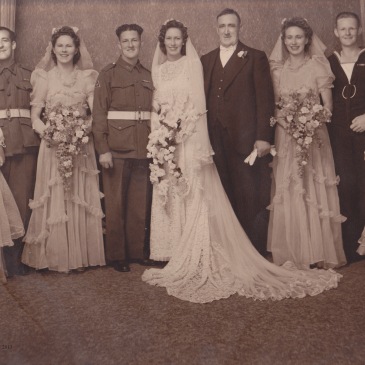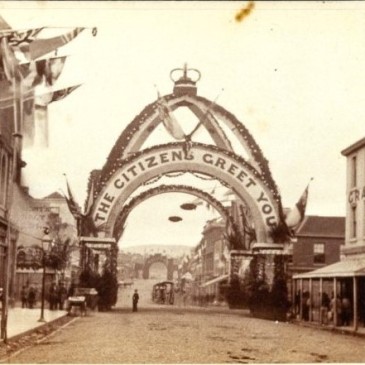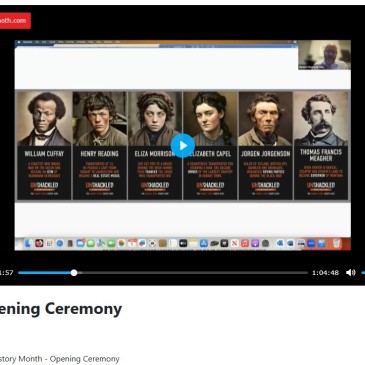By 1850 and less than half a century since British occupation, Hobart (lutruwita / Van Diemen’s Land / Tasmania) was a town abundant in exotic flora, in no small measure due to the importation of every kind of fruit, flower and vegetable by merchant mariner Captain Edward Goldsmith (1804-1869) of Chalk, Kent and Rotherhithe, Surrey, UK. The press reported on 19 December 1850 that “Captain Goldsmith … has more than any other skipper, added to our Floral and Horticultural treasures”. The botanical “treasures” originated from the Americas, Europe and South Africa, in addition to carefully chosen specimens from the Royal Botanical Gardens in Kew (UK) and Sydney (NSW). Several were from Captain Goldsmith’s own plantations and nurseries in Kent (UK). Many varieties were imported at his own expense, others were consignments such as Mammoth strawberries for nurseryman Mr. Lipscombe, hops for Mr. Sharland, and a variety of exotic species selected for the Tasmanian Royal Society’s Botanical Gardens which were expected to thrive in Tasmania’s temperate climate. On return voyages Captain Goldsmith exported Tasmanian varieties of potato to assist Ireland in the grip of famine, and Norfolk Island pines to inhabit the otherwise bare hills of the Falklands Islands. From NSW he also imported animal stock such as merinos to improve Mr. Bethune’s bloodlines, and from the bloodstock of the Duke of Richmond he imported three fillies to improve the racing stock of the Lord brothers. There were also quantities of blue gum (eucalyptus globulus), skins of native animals, and indigenous plants conveyed back to Europe, destined for the great exhibition halls of London and Paris (1851-1855). Captain Edward Goldsmith retired to his estate in 1856 at Gadshill House, Telegraph Hill, Higham, Kent, UK. The large marsupial thylacine known then as the “Tasmanian wolf” and in modern times as the “Tasmanian tiger” may have been among the exports of indigenous animals he carried on one of his return voyages to London up to 1855 but the only export of a live thylacine to survive long enough to be photographed in 1865 by Frank Haes arrived at the London Zoo almost a decade later, in 1863, under the auspices of Tasmanian botantist Ronald Gunn. … More Captain Edward Goldsmith: imports to Tasmania, exports to everywhere, 1840s-1860s































You must be logged in to post a comment.